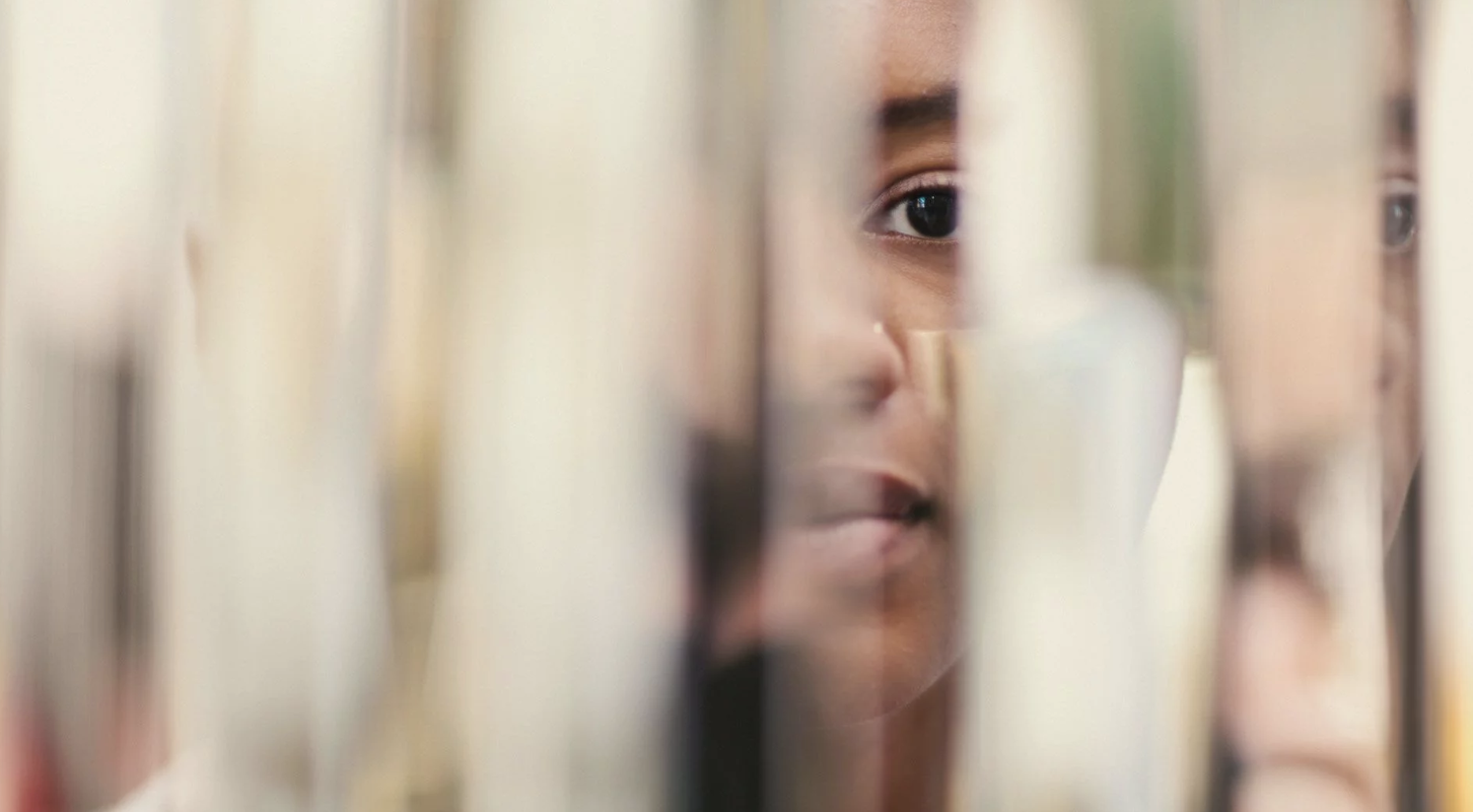1. Solve: New ways to teach math
It’s no secret that several high school students struggle with math. In fact, 37% of teens call it their most difficult subject. Experts say that’s because many students learn math concepts without fully understanding them. And since math problems often rely on building off multiple concepts to find the solution, students are left feeling lost because they never truly understood those foundational concepts in the first place. But have no fear, we have a solution here—comic books! You may have seen your English, history, and science buddies find success in their classrooms using them. And now, you can, too. Although “the comic book method” is new to the subject of math, many teachers are already seeing improvements in student comprehension. Pro tip: Use comic books to introduce concepts and provide context about why those concepts are important.
2. Discuss: Matters of identity
One Atlanta teacher goes out of her way to ensure every student in her classroom feels accepted, no matter what. Shana V. White says she feels it’s her responsibility to create a learning environment where all students feel valued, safe, and eager to learn from everyone in the room. One way she does this is through a 5-step exercise on identity. Here’s how it works:
- Facilitate a classroom discussion about the basic definition of the word “identity.”
- Talk about the differences between identity characteristics like gender, ethnicity, religion, and class.
- Get photos of 6 adults, along with their identity characteristics. Have students work in pairs to discuss which identity characteristics correspond to each photo. (Students are often surprised when they find out who’s who.)
- Discuss how society affects people with different identity characteristics.
- Ask students to create an identity portrait.
3. Escape: Tests students actually like
Did you know that students spend at least 25% of their time either taking or preparing for standardized tests? Yes, these tests measure a student’s content knowledge in math, science, English, and history. But what about skills like creativity or collaboration—how do you measure a student’s ability to use crucial skills like these? That’s why Stanford d. school created the Deeper Learning Puzzle Bus, a travelling escape room they take to different schools across the nation. Students get on the bus and try to solve a series of puzzles with a limited amount of time. And even though the escape room is really a test disguised as a fun activity, students are excited and engaged every step of the way. Here’s the best part: You can create a low-cost escape room for your classroom, too. Check out Stanford d. school’s step-by-step guide and resources on how to do it.
4. Connect: What does the real world look like?
You may have heard of KnowledgeWorks’ Navigating the Future of Learning. It’s a guide that uses a comprehensive forecast on the future of education to help educators build effective teaching strategies today. One way they get their insights is by holding workshops where they ask education leaders and innovators to share what’s working and what’s not. And guess what? They just so happened to interview a student from XQ school, Iowa BIG. Jemar Lee had some pretty thought-provoking things to say. One thing that stuck out to us is that he expressed the disconnect between school and the real world. He says students are often told what to know and how to act in the real world with little-to-no experience in it. His advice: Schools should leverage community efforts and initiatives to show students what the real world is and how they fit into it.
5. Drive: The miracle of saying “Yes”
No. It’s a word we’re all too familiar with as educators. Well, it’s our job to enforce rules and create boundaries in the classroom, right? One english teacher says she challenges the word, “No” every day by giving her students the power to drive their own learning. And because of it, she watches her students change in miraculous ways. Here’s an example from Miriam Plotinsky’s creative writing class: A girl struggling with drug addiction spent the first month of class scrolling through her Twitter feed. When given the opportunity to choose a topic to write about, the student wrote on her lack of academic identity and how she’d never go to college. Fast-forward: That same student became the Editor in Chief of the school’s literary magazine—and—she’s now a drug-free college graduate.
XQ X-tra
That’s a wrap!
Hispanic Heritage Month is over, but it’s important to continue celebrating the histories, cultures, and contributions of Latinx people who’ve made a difference in our beautiful melting pot of a country. Read on!
What Is Latinx? Tracing Its History and Defining Its Meaning
4 Students Describe Struggles Many Latinx Students Face
Long Before Brown VS. Board of Ed, There was This Landmark Case in California
My Story as a Latinx High School Student
Want Give Me Five sent to your inbox?
TAGS:



 Tweet
Tweet 



